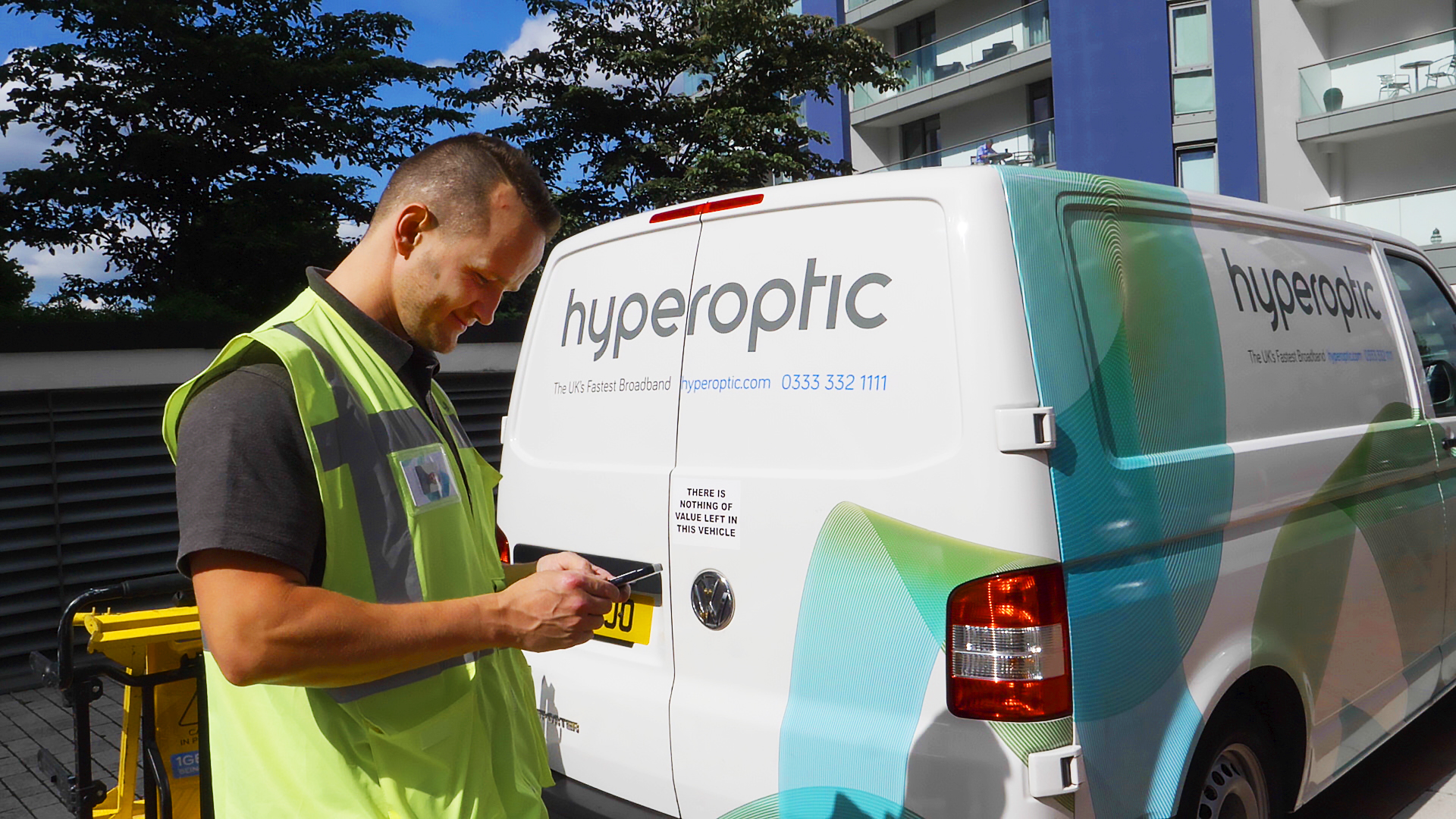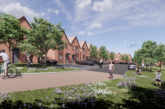
David Walker, Head of Property at Hyperoptic, looks into the changing role of digital infrastructure and its impact on new housing.
When homebuyers are paying a premium for a new-build home, they expect everything to work as planned and not to need to carry out costly improvement projects for a number of years. This attitude also applies to the digital infrastructure.
 Recently, developers have sought to capitalise on the trend of the ‘connected home’. However, some have had their fingers burnt in the process: a few years ago those who experimented with built-in iPod docks quickly found out they would become outdated when Apple changed its ports.
Recently, developers have sought to capitalise on the trend of the ‘connected home’. However, some have had their fingers burnt in the process: a few years ago those who experimented with built-in iPod docks quickly found out they would become outdated when Apple changed its ports.
The smart home market is evolving quickly. In 2016, 80m smart home devices were delivered worldwide – a 64% increase from 2015, according to IHS Markit. Popular devices include Nest thermostats and smoke detectors, August smart locks, Ring video doorbells, and Amazon Alexa. These all have one thing in common – they work better when the underlying connectivity is faster.
Broadband research
For homebuyers, the provision of hyperfast broadband is now as important as local transport links, nice neighbours and garden space. Over two thirds of Brits (69%) check their broadband speed before moving home. Many have also said that if they saw on a broadband speed checker that a potential property received less than 9Mbps, it would put them off buying it entirely. Brits have also confessed that they would spend 11% more for a property with 100Mbps+ broadband.
Digital infrastructure is now on par with physical. Fast and reliable broadband isn’t something homebuyers are willing to compromise on.
A ‘win-win’ model
Until recently, most property developers faced a lottery of available existing broadband infrastructure – either at a new-build phase or in an existing portfolio. In many cases, they only had access to copper ADSL+ broadband, which is severely limited.
Thanks to partnerships between broadband providers and housing developers, things have changed. The broadband provider will shoulder the substantial cost of laying fibre to the new-builds and are given the ability to market its services to new residents in return. The take up is high and it becomes a ‘win-win’ for all parties.
Making the concept a reality
A project announced earlier this year with Bellway Homes in Welwyn Garden City shows how this is done in practice. The new QEII development there consists of 163 properties, including houses and apartments. Each of the units will be connected by symmetrical gigabit broadband – which is 1,000 Mbps and comfortably outperforms most hardware currently available. It means that residents can download HD movies in less than one minute and 4K content can be downloaded in minutes, rather than the hours it would take with a standard broadband connection.
“Thanks to partnerships between broadband providers and housing developers, things have changed. The take up is high and it becomes a ‘win-win’ for all parties.”
Jody Bryant, Sales Manager for Bellway Homes North London, explained: “we recognised at an early stage that physical infrastructure is just one part of the puzzle that makes a desirable family home. Today’s modern family is reliant on an increasing number of connected devices. Full fibre broadband ensures that they should never have to worry about fluctuating speeds or peak time slowdowns, plus the property is future-proofed for any new advance in technology.”
 A nationwide trend
A nationwide trend
The Bellway example is just one of many across the UK. In the next few months we can expect to see schemes like this accelerate as the Government increases its support for full fibre projects.
Ashford Borough Council recently became the first to specify a 100Mbps minimum level of connectivity for all new-build developments. We can expect to see more of this as demand continues to rise.
Additionally, the Advertising Standards Agency (ASA) is reviewing how fibre broadband can be marketed to ensure that homebuyers can make an informed decision. Developers have everything to gain by offering prospective buyers the very best broadband. However the connected home evolves, the underlying digital infrastructure will need to be there to support it.








